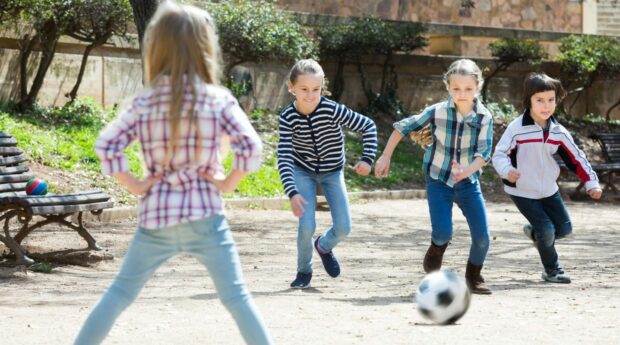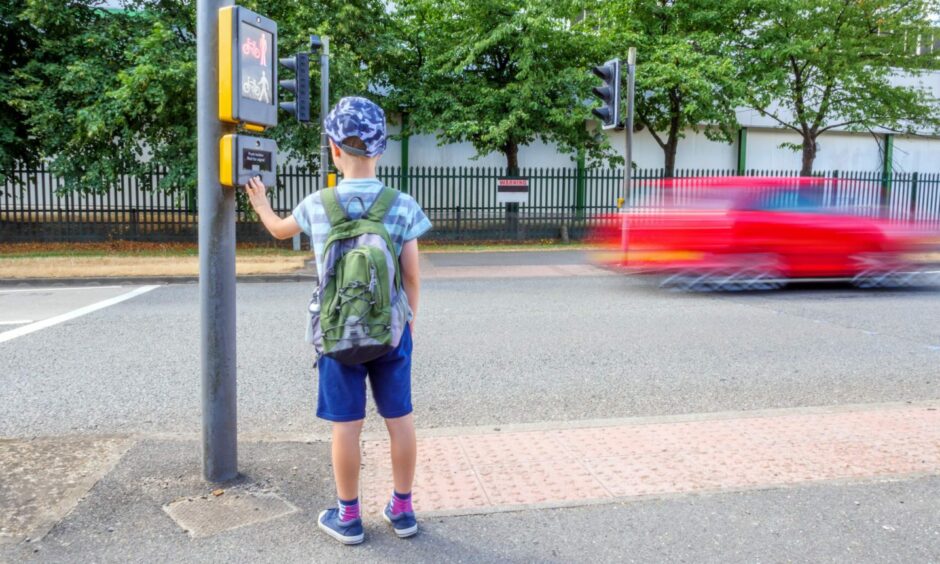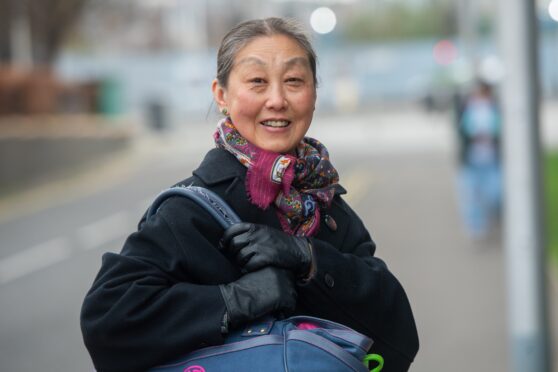What age can children go out alone, whether to the park, walking to a friend’s house or to the local shop?
After a lunch time visit to the play park this week I let my eight-year-old daughter stay there with her 11-year-old brother as I returned home to work.
Was she too young? Am I being a helicopter parent in doubting my decision?
Every parent will or should be asking themselves these questions when their child reaches that age of wanting a little bit of freedom.
Unfortunately, I found, there’s no right answer.
What do you think?
According to children’s charity the NSPCC, 12 is the age they recommend children reach before they are left home alone – but only if they are comfortable being left.
The advice is a little more vague when it comes to being allowed to go out and play with their friends, or walk to the shops alone.
There are so many more variables.
How far away are the shops? What roads will they have to cross? Is the play park next to a river? Who will they be with?
When I left my daughter with my son and his friend, I told my son to phone me if she decided to come home before them. I knew she’d get fed up playing with the boys quickly.
She had two minor roads to cross on the five-minute walk home.
As I child in the 1980s, I remember playing out with my friends in my early primary school years.
According to the British Children’s Play Survey conducted in April 2020, the average age a child was allowed to play outside alone was 10.7, while their parents said they were allowed out when they were 8.
What’s the experts’ advice?
Still questioning whether I should have allowed my daughter to stay at the park – and particularly to walk home alone – I asked NSPCC Scotland for advice.
Gail Sayles, local campaigns manager, confirmed there was no legal age requirement for allowing children out alone, but warned it is against the law to do so or to leave them alone if it puts them at risk.
She said: “As children get older, it’s likely they’ll want a bit more independence. Going out without an adult is a natural step for them to take, when the time is right.
“It can be hard for parents to decide whether their child is ready. There’s a lot to think about and a lot they might be worried about and every family is different.
“Every child is different, so it’s up to the parents or carers to decide whether a child is ready.”
The charity has lots of advice on its website, and Gail recommended parents should consider their child’s age and maturity and these questions:
- Do you think they’re old enough?
- How long could they cope on their own?
- Can they deal with risks?
- Will they behave responsibly?
- Will they be safe?
Possibly most important, though, is how the child feels about going out alone.
Gail said: “Some children like to take every opportunity to show they can be grown up and they might be keen to be independent, while others will feel nervous about the responsibility.”
Make sure to know this
If children are permitted out alone, NSPCC Scotland recommends adults should know:
- Where they are going
- What they will be doing
- Who they will be with
- When they will be back
And kids should know:
- Their full name
- Address
- Two trusted adults’ phone numbers
- How to cross roads safely
What does the law say?
While there is no legal age in Scotland for children being allowed out on their own, parents could still be prosecuted for neglect in some cases.
Under the Children and Young Persons (Scotland) Act 1937, parents or carers could be convicted of neglect and fined or imprisoned if they are deemed to have neglected or abandoned a child in a manner likely to cause unnecessary suffering or injury to health.













Conversation